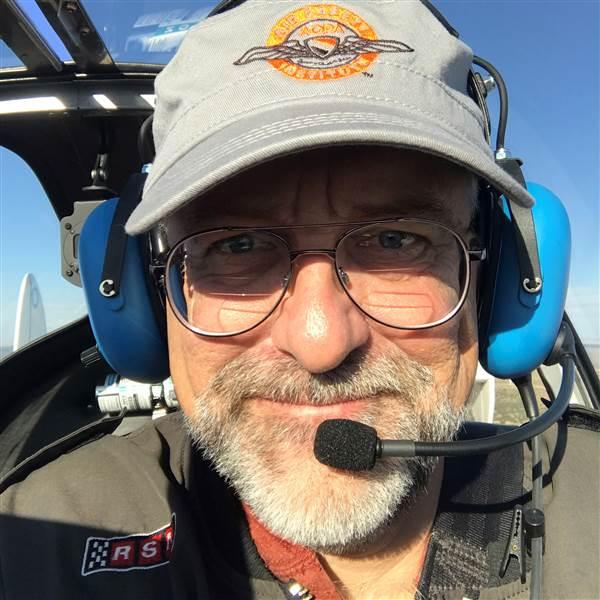Training and Safety Tip: ‘On guard’
One day recently, I was flying “low and slow,” enjoying the warm weather, and heard one-half of a conversation that made no sense to me—broadcast from airliners high above me—so it took me a while to figure out what was going on.
It soon became apparent that some poor student pilot (the side of the conversation I couldn’t hear) was diligently broadcasting all his pattern calls as he practiced takeoffs and landings at a nontowered airport beyond my reception range.
Multiple airline pilots chimed in on the frequency to alert him to his error, but the big iron-drivers and the student simply didn’t speak the same language. Over and over, the pros said just two words: “On guard.” They were trying to tell the hapless student that he was broadcasting on what the airline crowd calls the “guard frequency.”
They call it “guard” for two reasons: 121.5 is physically guarded--bookended by unassigned frequencies to avoid the risk of inadvertent radio calls from closely spaced channels, and because it is supposed to be monitored—or guarded—by direction-finding stations and aircraft in the en route phase of flight.
But while airline pilots call 121.5 “guard,” that little factoid is actually nowhere to be found in the standard student training materials. It’s not defined as such in FAA publications such as the Pilot/Controller Glossary, the Pilot’s Handbook of Aeronautical Knowledge, the Aeronautical Information Manual, or anywhere else student pilots get their information. General aviation pilots and instructors typically refer to 121.5 as “the emergency frequency.”
The student was probably wondering what on earth all those other pilots were guarding.
After quite some time of “On guard”-ing one pro finally broadcast in “plane” English: “Aircraft broadcasting from ________, please check your frequency.”
Problem solved, apparently, because after that it got quiet.
Making normal calls on “guard” is actually an easy error to make, as many GA pilots monitor 121.5, and one accidental bump of a flip-flop key is all it takes to go from “guarding” to broadcasting routine messages on the frequency reserved for folks having a really bad day.
My tip: Whenever you hear “On guard” on the radio, check which frequency you’re broadcasting on and make sure that you aren’t the one “on guard” when you shouldn’t be.




